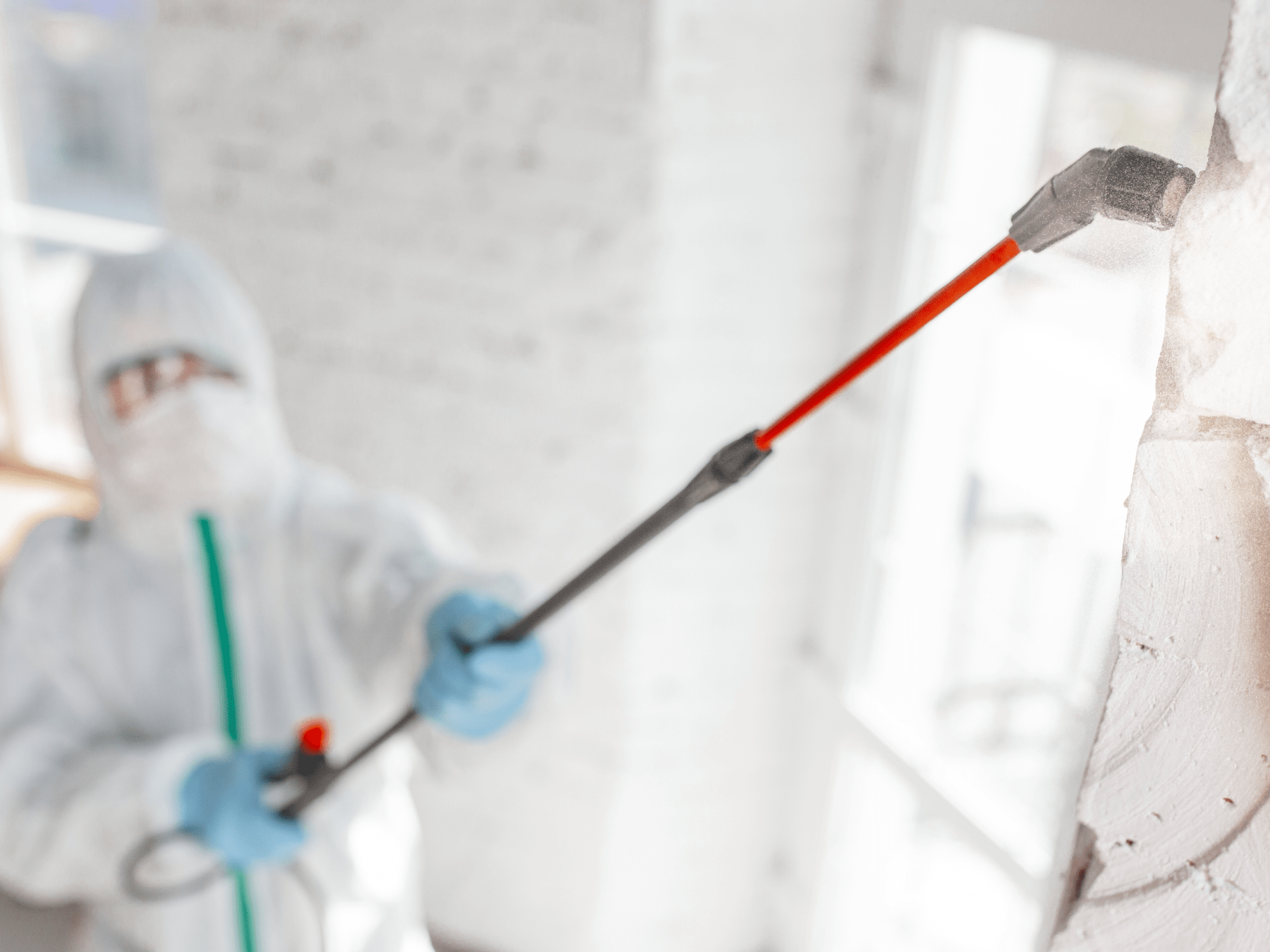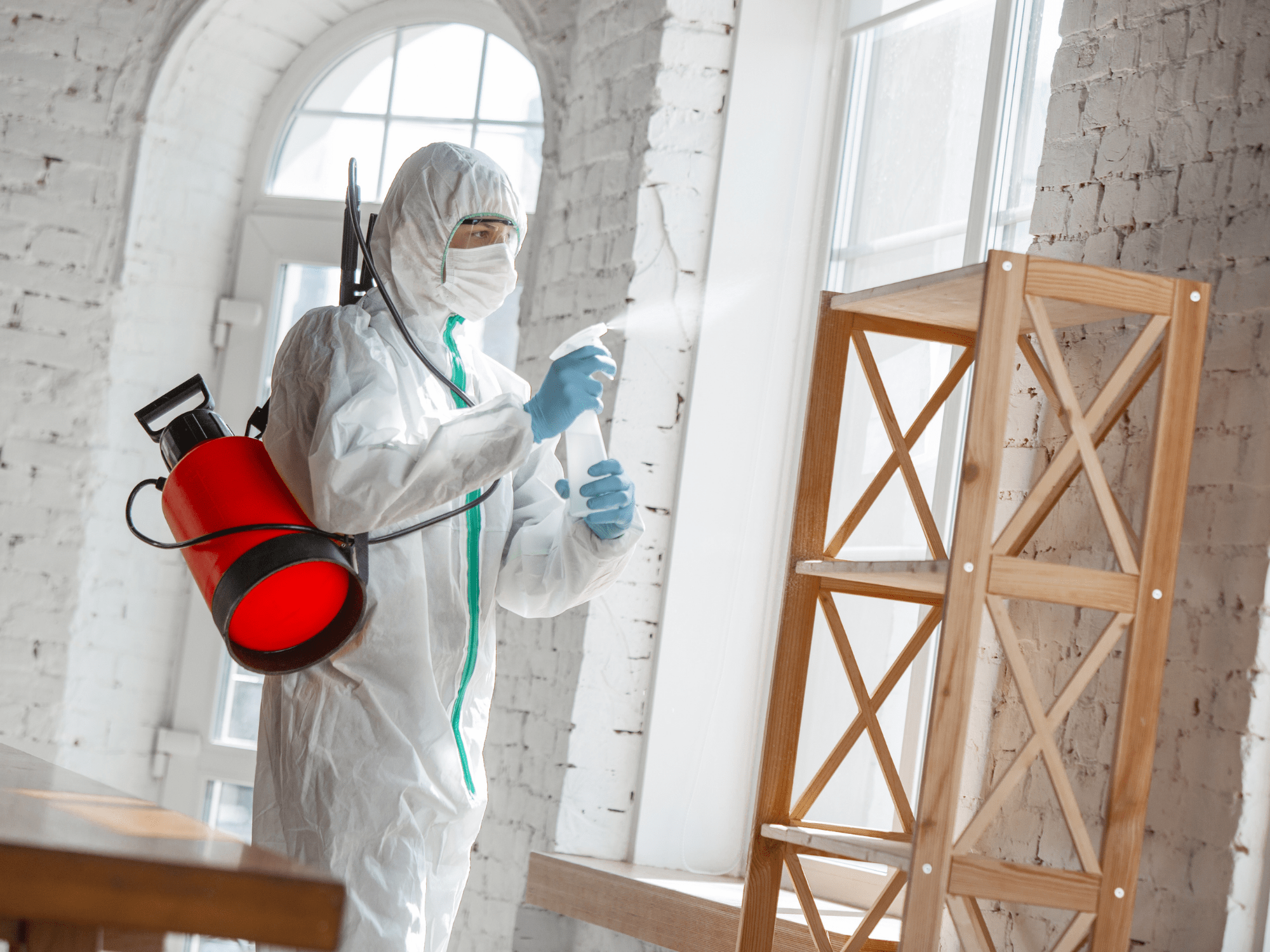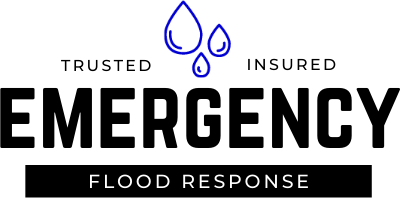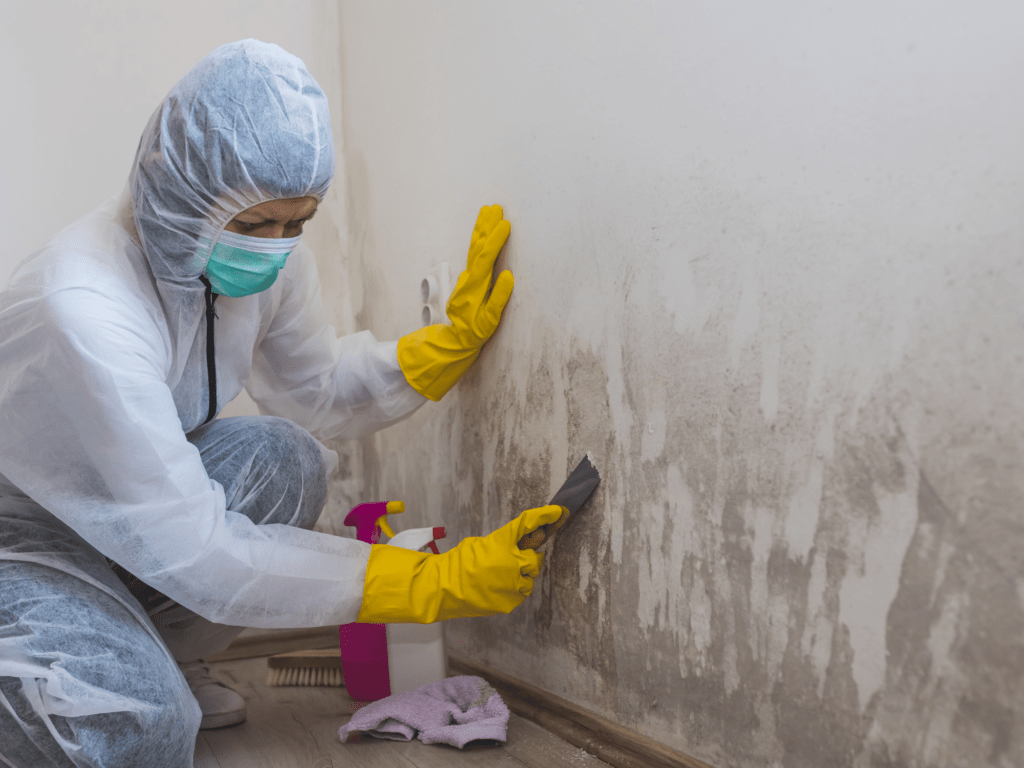Do you have a mould problem that needs immediate attention? Emergency Flood Response is uniquely qualified to take care of your contamination. We use precision, an eye for detail, and professional cleaning techniques to kill all the easily spreadable mould spores. For home and business owners, remediation is more than just a handy service – it can be a lifesaver! While every mould damage situation is different and demands a unique solution, here’s what goes into the average mould remediation process.
What Is Mould Remediation?
 Mould remediation is the removal, cleaning, and disinfecting of areas contaminated by mould. The goal of remediation is to clean up mould growing within the home, avoid exposing people to spores and bring the contaminated rooms and materials back to their original condition. The steps in the remediation process are mostly the same: using highly specialized equipment and methods to remove the mould while preventing the potential for new growth.
Mould remediation is the removal, cleaning, and disinfecting of areas contaminated by mould. The goal of remediation is to clean up mould growing within the home, avoid exposing people to spores and bring the contaminated rooms and materials back to their original condition. The steps in the remediation process are mostly the same: using highly specialized equipment and methods to remove the mould while preventing the potential for new growth.
Mould Remediation Step 1: Assessing The Situation To Find The Extent & Cause
Assessing mould growth involves more than just looking at what’s visibly growing on the walls or in a corner. Mould can be an invisible intruder, growing behind and around what you first see. But the cause of most mould growth is a water leak or moisture problem feeding the spores and creating the right environment in which they can thrive. An assessment helps us learn where moisture is coming from and how it is getting inside the home. By finding the location of the source, we can locate all the potential mould growth, not just what’s visible.
Mould Remediation Step 2: Documenting & Developing A Plan
Before mould removal can begin, it’s always necessary to document the situation. The documentation – whether it’s writing, video, or photos – lets us develop a remediation plan that includes when the work can begin, how long it will take, who will perform the remediation, testing, and whether or not the people in the building have to vacate the premises. Documentation can also manage liability! We can then determine the extent of the contamination. Mould may not always grow in one area, so you need to figure out how far the contamination extends in the home. Calculating the extent will impact how you approach mould removal and clean-up.
Mould Remediation Step 4: Removing Contaminated Materials
Mould remediation involves removing the affected materials while avoiding exposing oneself and anyone in the building to spores. We start by solving the water or moisture problem to prevent the growth of new spores from growing. Next, we isolate the contaminated area, closing all doors and windows between the contaminated area and other rooms. Depending on the extent of the problem, we may cover any openings with polyethylene sheeting and seal the seams with duct tape and slip openings so we can enter and exit the area. In the contaminated areas, dust suppression by misting the surfaces will help stop the spread of spores through contaminated dust. We can then remove any mould-damaged or moisture-heavy porous materials, double-bagging them in thick plastic bags. These can be thrown out as regular trash if we wipe the exteriors with a detergent solution before leaving the contaminated area.
Mould Remediation Step 5: Cleaning The Surfaces
 After removing the affected materials, we have to clean all non-porous materials and wood surfaces. We will spray the area to encapsulate the remaining mould spores, going beyond the affected area to take away the potential for further growth. The cleaned materials should have time to dry so that any leftover moisture can evaporate. We can use dehumidifiers and fans or raise the building’s temperature to speed up the drying.
After removing the affected materials, we have to clean all non-porous materials and wood surfaces. We will spray the area to encapsulate the remaining mould spores, going beyond the affected area to take away the potential for further growth. The cleaned materials should have time to dry so that any leftover moisture can evaporate. We can use dehumidifiers and fans or raise the building’s temperature to speed up the drying.
The Final Step: A Post-Remediation Inspection
When the mould and all affected materials are gone and we’ve disinfected all the surfaces, the last step is determining if our efforts were successful. While it’s a judgment call, there are some options and guidelines to follow. Because Emergency Flood Response uses the latest technology, equipment, and years of expertise for every job, we’re confident our methods can handle your unique situation!

